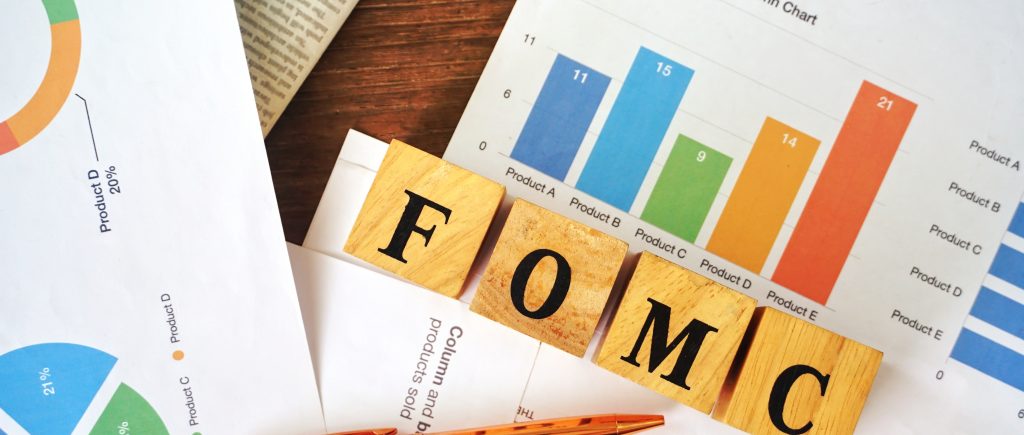Federal Reserve Chair Jerome Powell stated that President Trump’s calls for lower interest rates won’t change the central bank’s rate decisions. Powell stated that the Fed will continue to make decisions based on the economy’s situation, despite Trump’s social media comments suggesting lower interest rates. The Fed has cut its key rate three times last year, waiting for evidence of inflation approaching its 2% target. Inflation has risen, making it less likely the Fed will cut its key rate anytime soon.
The Federal Reserve faces a delicate balancing act. While recent data offers a glimmer of hope on the inflation front, the robust labour market complicates the picture. Markets now anticipate a potential pause in rate adjustments until September, with increasing speculation about a possible cut even earlier. This situation underscores the complexities facing policymakers as they navigate the path towards price stability without jeopardizing economic growth.
Inflation’s Mixed Signals
The latest producer price index (PPI) figures, while slightly exceeding expectations, contain encouraging nuances. The specific components contributing to the 0.4% rise last month suggest potential improvements in the personal consumption expenditure (PCE) price index, the Fed’s preferred inflation gauge. Calculations based on the PPI data and the recent consumer price index (CPI) report indicate a likely decline in year-over-year core PCE inflation for January, potentially reaching 2.6% or 2.7%, down from 2.8% in December. This offers a sliver of optimism, suggesting that the Fed’s efforts may be starting to bear fruit. This data provides a basis for the Fed to maintain its stance that progress is being made towards the 2% inflation target.
The Labour Market Conundrum
A strong labour market presents both an opportunity and a challenge for the Fed. While robust employment figures are a positive sign of economic health, they also risk fueling inflationary pressures. The recent decline in jobless claims further emphasizes the labour market’s resilience. This strength complicates the Fed’s decision-making process. Jerome Powell has repeatedly stressed the need for restrictive policies until substantial progress is observed in curbing inflation. The tight labour market might prolong this restrictive stance, even if inflation shows signs of moderating. The Fed must carefully weigh the risks of persistent inflation against the potential for excessive tightening that could trigger an economic downturn.
Looking Ahead: A Data-Dependent Approach
The Fed’s next moves will likely hinge on incoming economic data. While a September rate cut remains the prevailing market expectation, the increasing probability of a July cut underscores the uncertainty surrounding the economic outlook. The Fed will be closely monitoring inflation figures, particularly the PCE index, for confirmation of the downward trend. Simultaneously, policymakers will be scrutinizing labour market indicators for any signs of softening. The Fed’s communication strategy will be crucial in managing market expectations and maintaining credibility.
Data Matters
A data-dependent approach, coupled with clear and consistent messaging, will be essential for navigating this challenging period. The path ahead requires a delicate balance of policy adjustments to ensure price stability without sacrificing economic growth. The Federal Open Market Committee (FOMC) will continue to assess incoming data to inform future decisions.

 Noor Trends News, Technical Analysis, Educational Tools and Recommendations
Noor Trends News, Technical Analysis, Educational Tools and Recommendations




